Ancient news stories

New analysis based on ash from volcanic cataclysm dates an early human found at Omo, Ethiopia, to 233,000 years, supporting the ‘early evolution’ theory for Homo sapiens
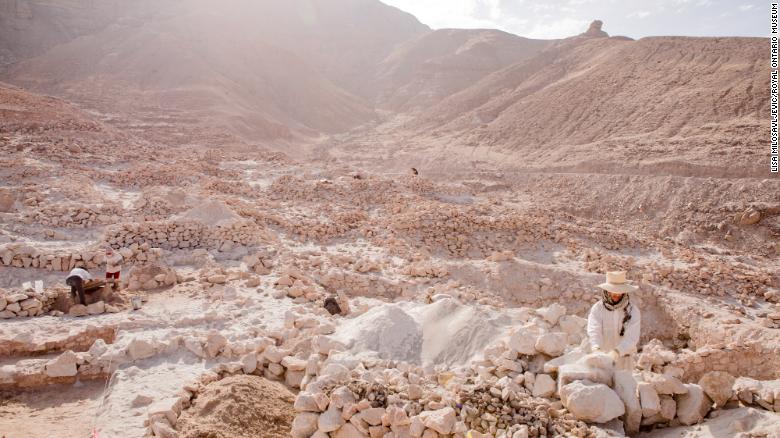
Beer laced with hallucinogenic drugs derived from plant seeds may have helped leaders of a South American culture maintain their political control for hundreds of years, according to new research.
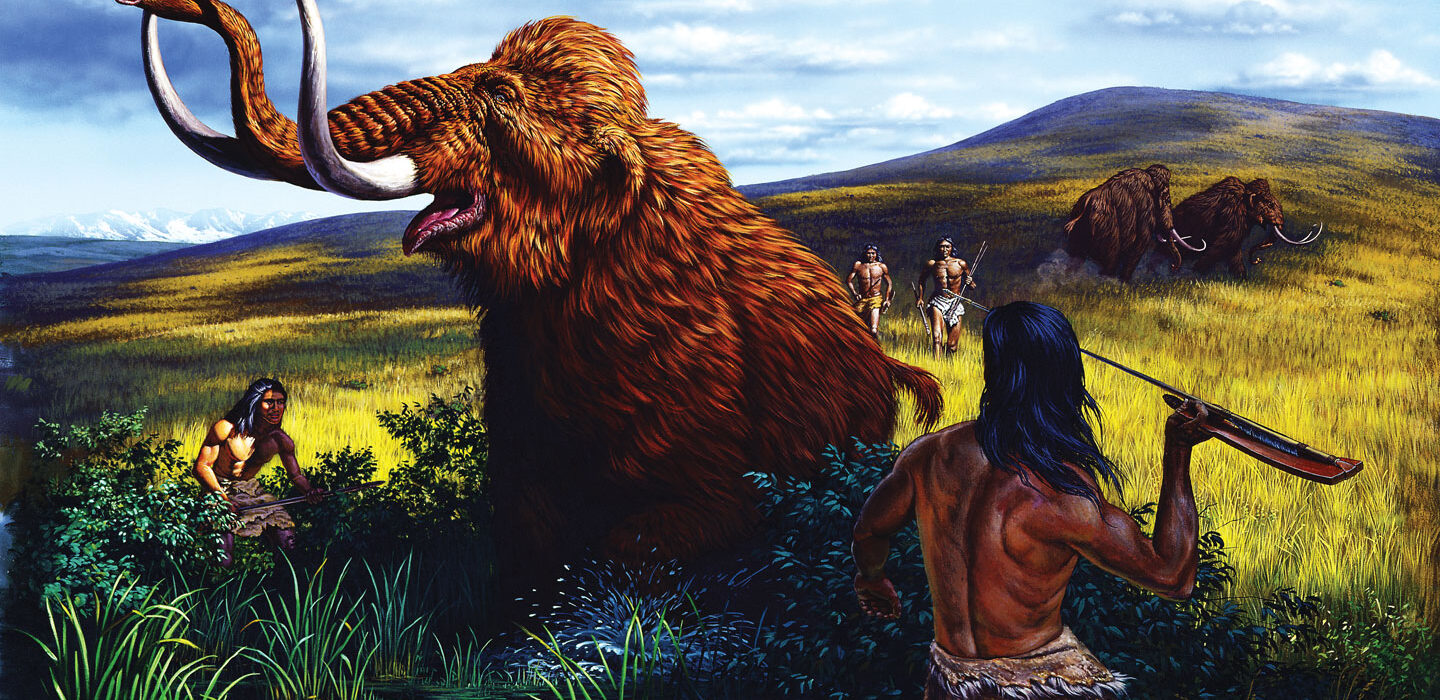
Tests of stone points show that early Americans may have been better scavengers than hunters of the giant beasts.
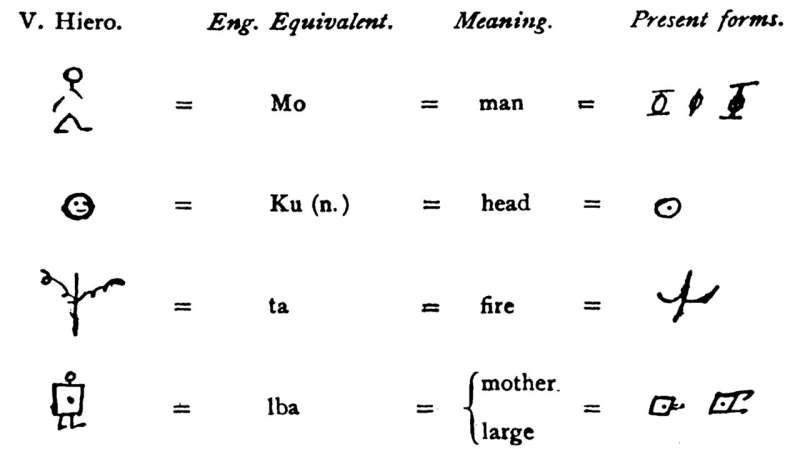
The world’s very first invention of writing took place over 5000 years ago in the Middle East, before it was reinvented in China and Central America. Today, almost all human activities—from education to political systems and computer code—rely on this technology.

In films and literature, they are usually depicted as hulking, foot-stomping, snorting beasts but a new study has claimed that the medieval warhorse was typically a much slighter, daintier animal.
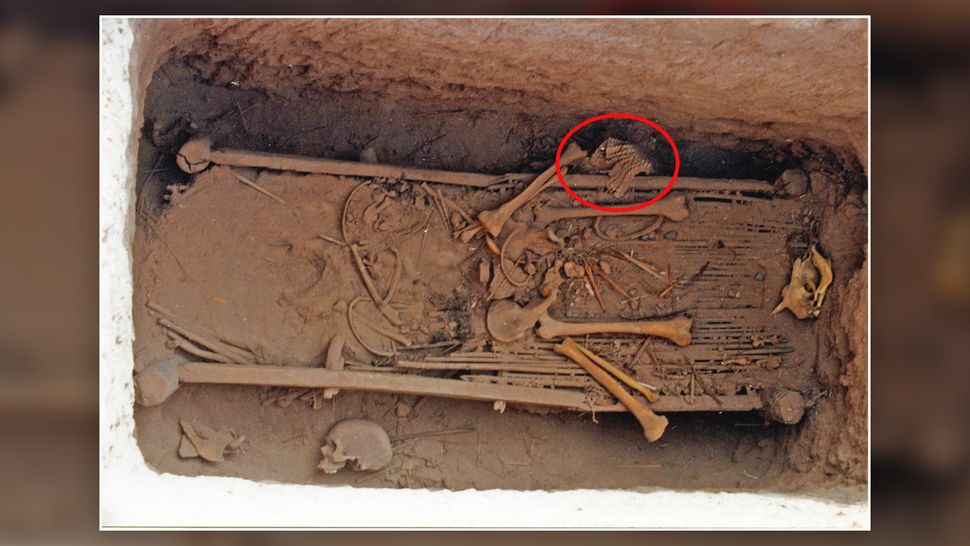
About 2,500 years ago, a man in northwest China was buried with armor made of more than 5,000 leather scales, a military garment fashioned so intricately, its design looks like the overlapping scales of a fish, a new study finds
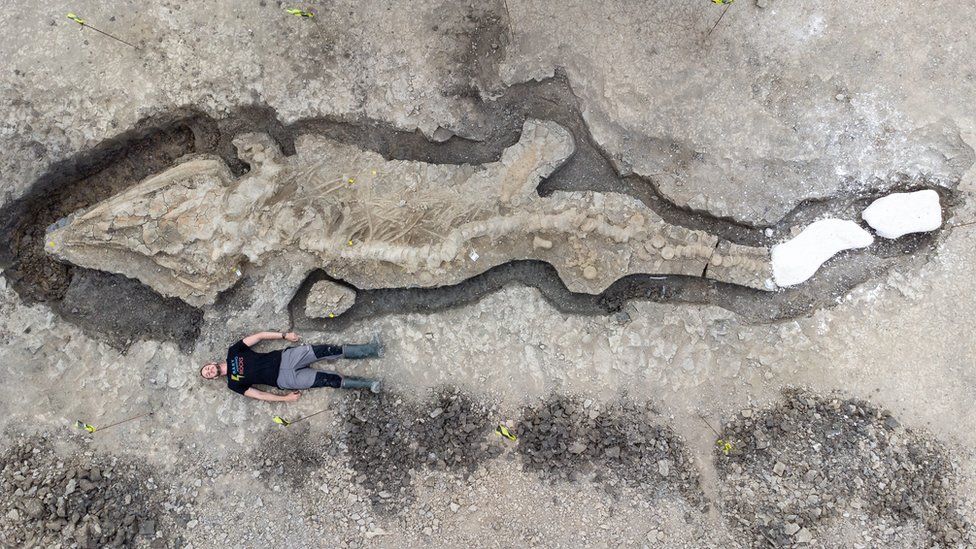
“I rang up the county council and I said I think I’ve found a dinosaur,” explained Joe Davis, who works at Rutland Water Nature Reserve.
.jpg?w=2880&h=2094)
Hundreds of amazingly well-preserved finds from Australia include plants, insects, fish, and more that existed more than 11 million years ago.
New analysis rewinds previous research findings that atmospheric oxygen existed prior to the Great Oxygenation Event.
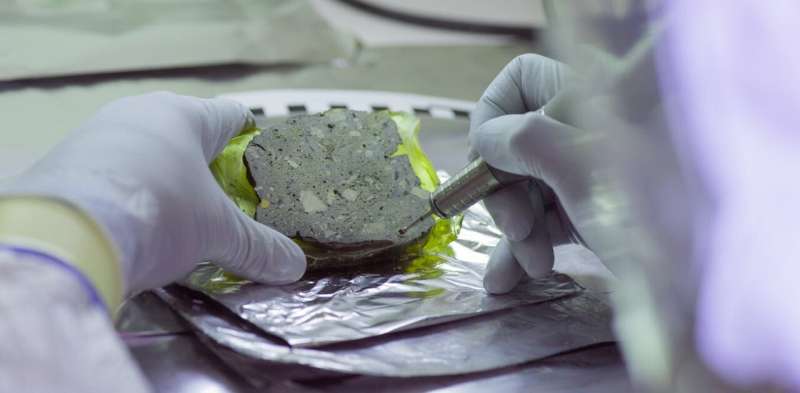
Archaeological deposits typically consist of a mix of artifacts and the remains of plants and animals—including the occasional human fossil—all held in a matrix of dirt. But these days, we dig for a lot more besides fossils and artifacts.

Dinosaur footprints found on a beach in south Wales are actually a “trackway” of footprints dating back more than 200 million years, researchers have found.
Image from: MarnixR (Wiki Commons)
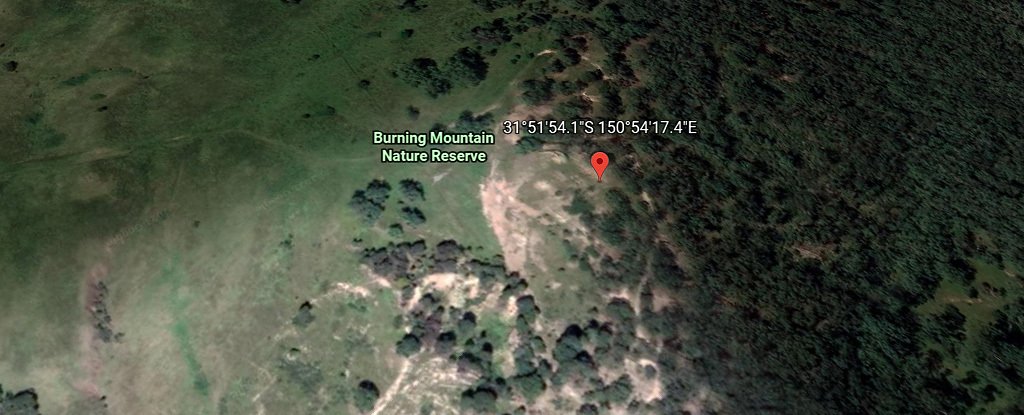
Known as ‘Burning Mountain’, the mysterious underground blaze is the oldest known fire on the planet. And some scientists estimate it may be far more ancient than we currently think.
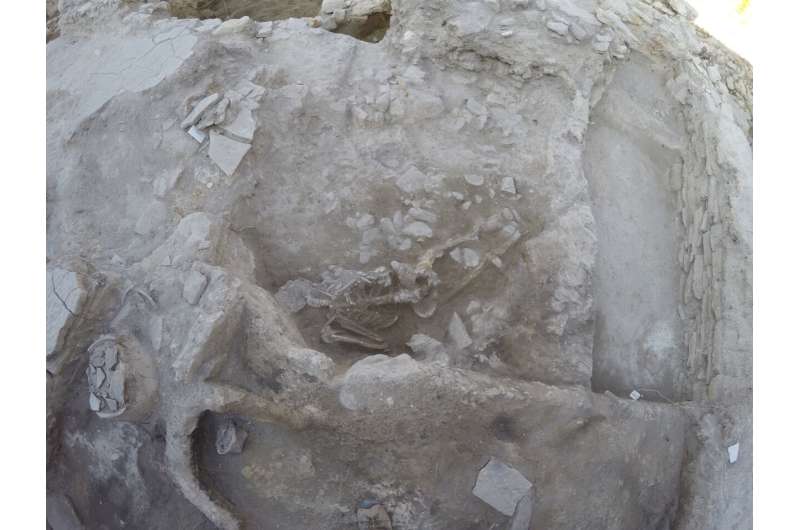
An international team of researchers has found and excavated the remains of a young man killed approximately 3,600 years ago by a tsunami created by the eruption of Thera—a volcano located on what is now the island of Santorini.

The brain is the most complex organ in the human body. Now, a new study has brought us closer to understanding some of its evolution.
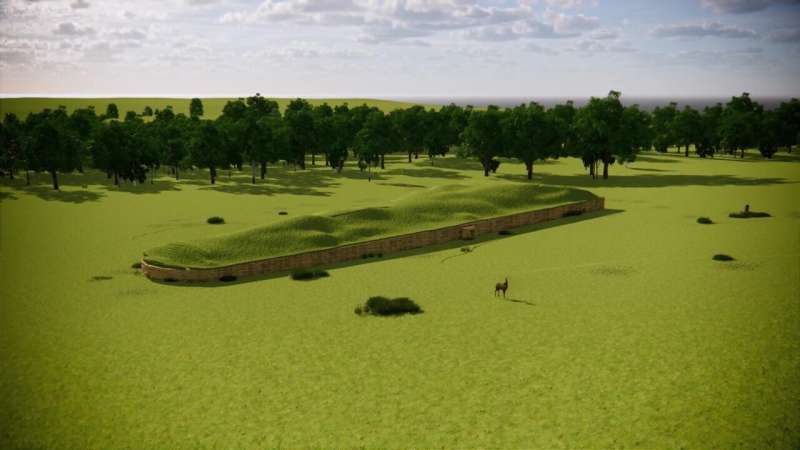
Analysis of ancient DNA from one of the best-preserved Neolithic tombs in Britain has revealed that most of the people buried there were from five continuous generations of a single extended family.
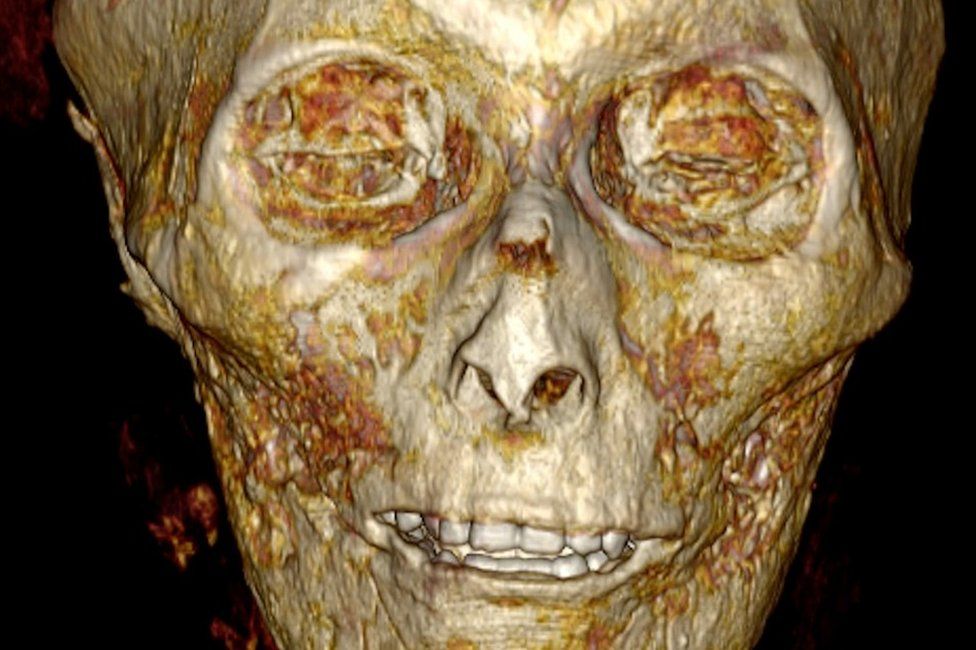
The mummified body of an ancient Egyptian pharaoh has been studied for the first time in millennia after being digitally “unwrapped”.








